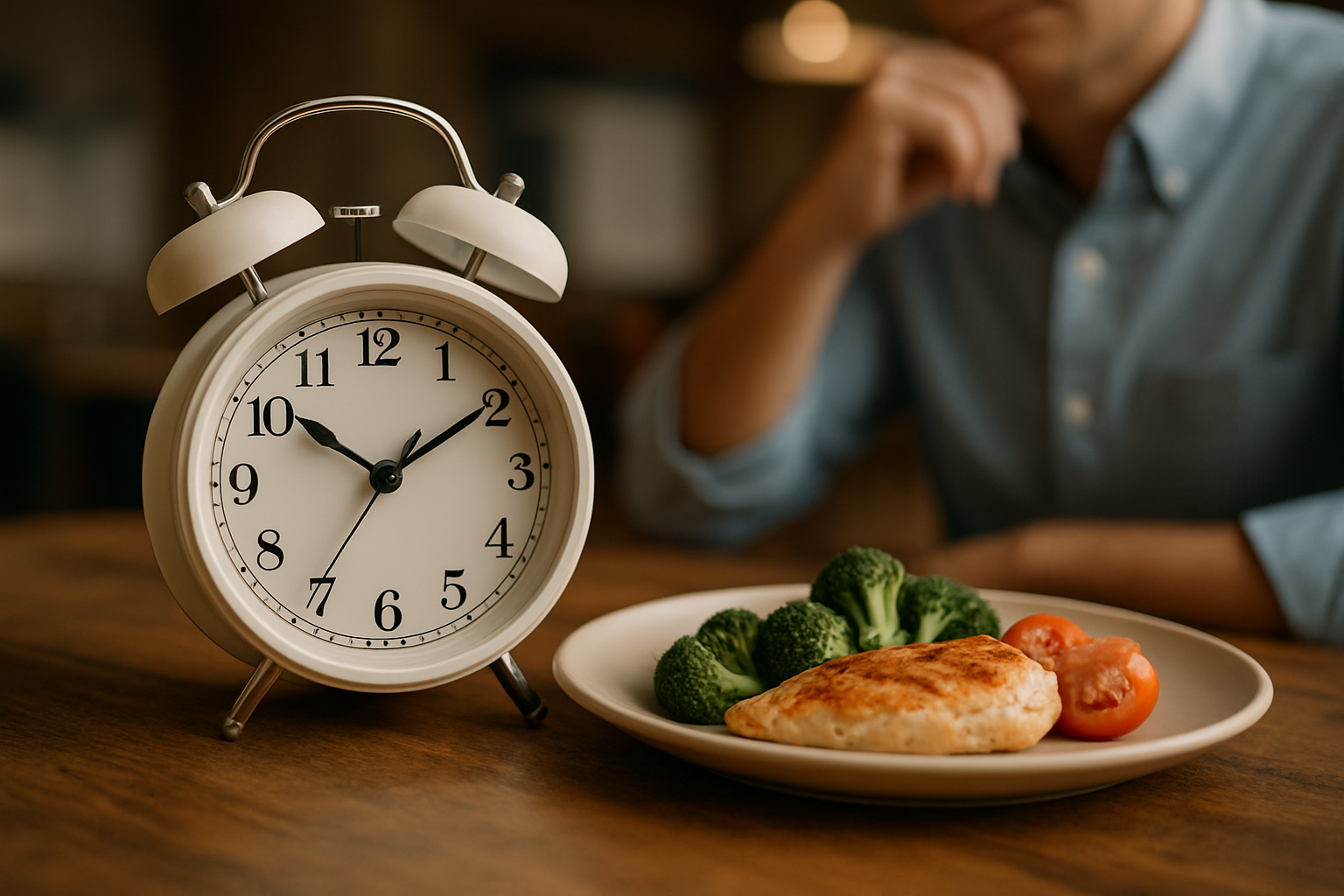Chronobiological Eating: Aligning Meals with Your Body Clock
Can the timing of your meals be just as important as what you eat? Emerging research suggests that syncing your eating patterns with your body's internal clock might be the key to optimal health. This innovative approach, known as chronobiological eating, is gaining traction among health experts and could revolutionize our understanding of nutrition. Let's explore how this time-based eating strategy could transform your wellness journey.

The Science Behind Time-Restricted Eating
Recent studies have shown that when we eat can significantly affect how our bodies process food. For instance, insulin sensitivity is typically highest in the morning and decreases throughout the day. This means that consuming larger meals earlier and lighter fare later could lead to better blood sugar control. Additionally, our digestive enzymes and gut bacteria exhibit daily fluctuations, suggesting that certain foods may be better tolerated at specific times.
Crafting Your Chronobiological Eating Plan
To implement chronobiological eating, start by observing your natural hunger patterns and energy fluctuations. Most people benefit from consuming their largest meal between 10 am and 2 pm when metabolism is at its peak. As the day progresses, opt for smaller, easier-to-digest meals. It’s also advisable to avoid eating late at night, as this can disrupt sleep and metabolic processes.
Potential Benefits of Time-Based Eating
Adopting a chronobiological approach to eating may offer numerous health advantages. Preliminary research indicates that this strategy could aid in weight management, improve cardiovascular health, and enhance cognitive function. By working with your body’s natural rhythms, you may experience increased energy, better digestion, and improved overall well-being.
Challenges and Considerations
While chronobiological eating shows promise, it’s important to recognize that individual needs may vary. Factors such as work schedules, family commitments, and personal preferences can make strict adherence challenging. It’s crucial to find a balance that works for your lifestyle while still honoring your body’s internal clock as much as possible.
Integrating Chronobiological Eating with Traditional Nutrition Advice
Chronobiological eating doesn’t negate the importance of a balanced diet. Instead, it enhances traditional nutritional wisdom by adding the dimension of timing. Focus on consuming a variety of nutrient-dense foods, but pay attention to when you’re eating them. For example, complex carbohydrates might be best consumed earlier in the day when insulin sensitivity is higher.
Chronobiological Eating Tips
• Start your day with a protein-rich breakfast within an hour of waking
• Aim to eat your largest meal between 10 am and 2 pm
• Consume lighter meals and snacks as the day progresses
• Try to finish your last meal at least 3 hours before bedtime
• Stay hydrated throughout the day, but reduce fluid intake close to bedtime
• Consider incorporating a 12-hour overnight fast into your routine
As we continue to unravel the complexities of human biology, chronobiological eating emerges as a promising frontier in nutrition science. By aligning our eating patterns with our body’s natural rhythms, we may unlock new pathways to improved health and vitality. While more research is needed to fully understand its long-term effects, incorporating elements of time-based eating into your lifestyle could be a simple yet powerful step towards optimizing your well-being. Remember, the key to any successful health strategy is consistency and personalization. Listen to your body, consult with healthcare professionals, and find the chronobiological eating pattern that best suits your unique needs and lifestyle.





